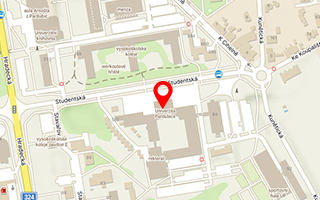Publikace detail
The influence of a surface quality on measuring mechanical properties with a cylindrical indenter
Autoři:
Hanus Petr | Zíta Dušan | Malina Jiří
Rok: 2016
Druh publikace: článek ve sborníku
Název zdroje: METAL 2016: 25th International Conference on Metallurgy and Materials
Název nakladatele: TANGER, spol. s r.o.
Místo vydání: Ostrava
Strana od-do: 712-717
